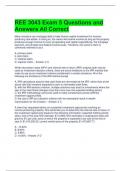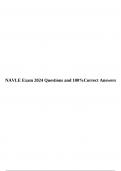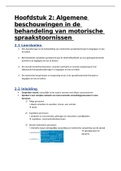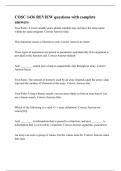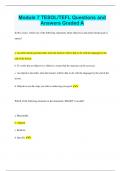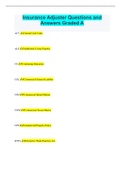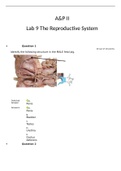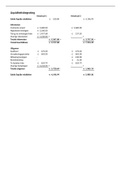Exam (elaborations)
REE 3043 Exam 5 Questions and Answers All Correct
- Course
- Institution
REE 3043 Exam 5 Questions and Answers All Correct Many investors use mortgage debt to help finance capital investment for income-producing real estate. In doing so, the owner will receive income as long as the property produces enough income to cover all operating and capital expenditures, the ...
[Show more]
